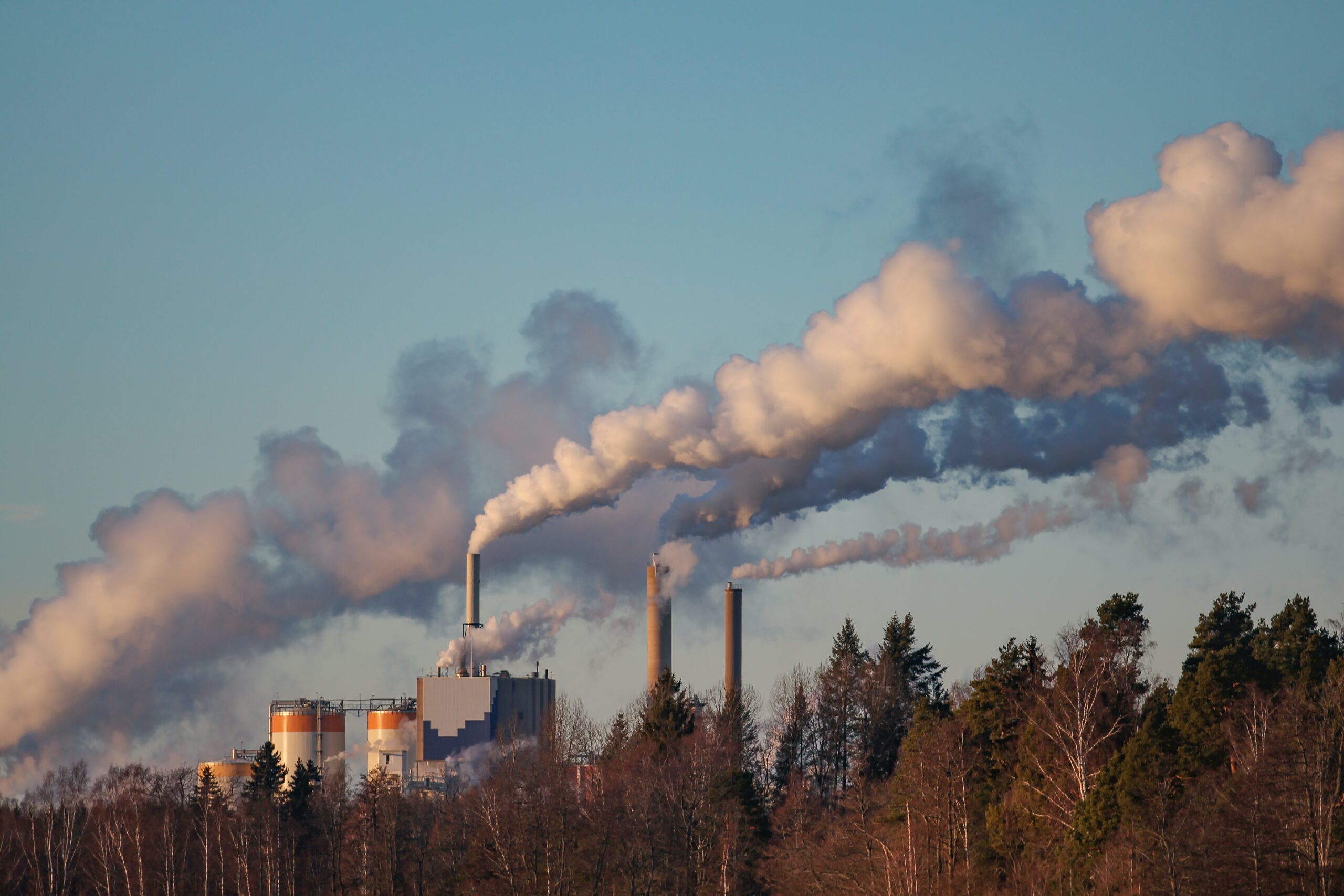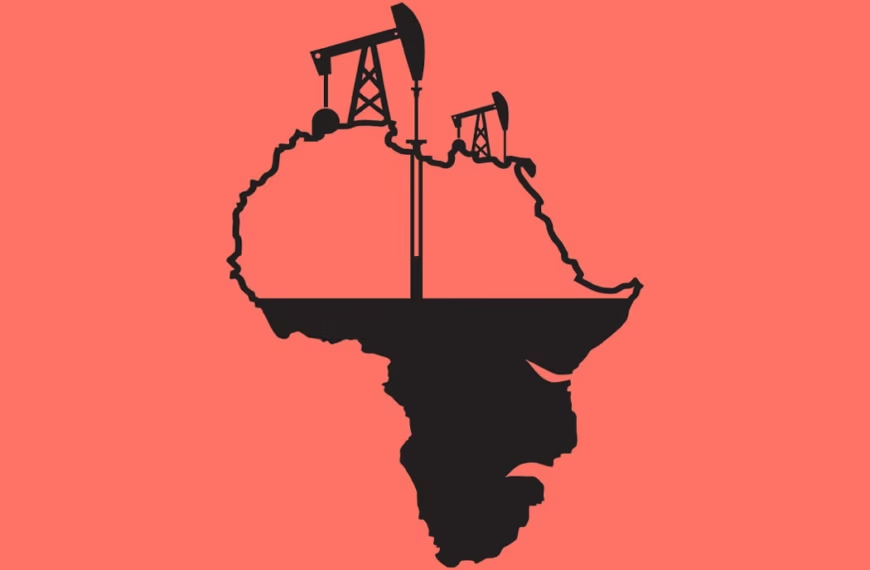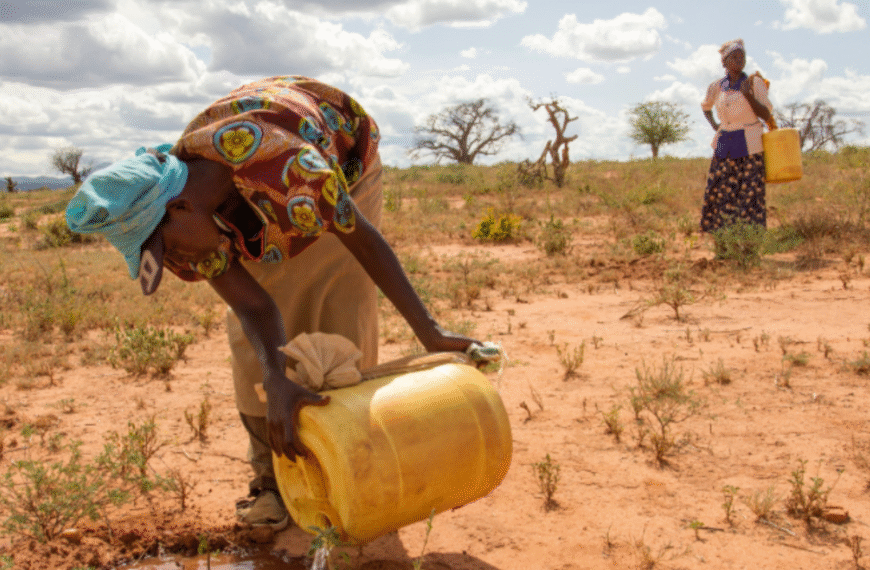Green Harmony: Balancing Economic Growth and Environmental Protection

Cason Yee
24 Nov 2023
In today’s world, we face a pressing challenge: balancing economic growth with environmental protection. While economic growth is essential for improving our lives, it often comes at the cost of the environment. Pollution, deforestation, and climate change are only a few of the environmental issues that have emerged as a result of our profit-driven activities.
Environmental protection and economic growth have a complicated and nuanced relationship. On the one hand, economic expansion may supply the funds required to solve environmental issues. For example, it can support research and development for clean technologies, like sustainable farming methods and renewable energy sources. Furthermore, economic expansion has the potential to raise living standards, which in turn may motivate people to lead more ecologically friendly lives.
On the other hand, economic growth can also exacerbate our already dire environmental problems. As industries expand and production increases, so do the demands on natural resources and the release of pollutants. Moreover, rapid economic growth can lead to deforestation, urbanization, and other forms of environmental degradation.
Striking a balance between economic growth and environmental protection is crucial for achieving sustainable development. Sustainable development is the concept of meeting the needs of the present without compromising the ability of future generations to meet their own needs, or in other words, planning ahead. It requires us to find ways to grow our economies while also protecting the environment for the long term.
There are several strategies that can be implemented to balance economic growth and environmental protection. These include:
- Investing in clean technologies: Developing and deploying clean technologies, such as renewable energy sources and energy-efficient appliances, can reduce our environmental impact while also boosting economic growth.
- Promoting sustainable practices: Encouraging businesses and individuals to adopt sustainable practices, such as recycling, composting, and reducing energy consumption, can help to mitigate environmental damage.
- Creating environmental regulations: Implementing environmental regulations can help to control pollution, protect natural resources, and promote sustainable development.
- Raising environmental awareness: Educating the public about environmental issues can help to foster a sense of environmental stewardship and encourage individuals to make more sustainable choices.
Balancing economic growth and environmental protection is not an easy task. It requires concerted and meaningful effort from governments, businesses, and individuals. However, it is an essential task if we want to create a sustainable future for ourselves and for generations to come.
Want to learn more? See these additional resources:






Leave a Reply
You must be logged in to post a comment.